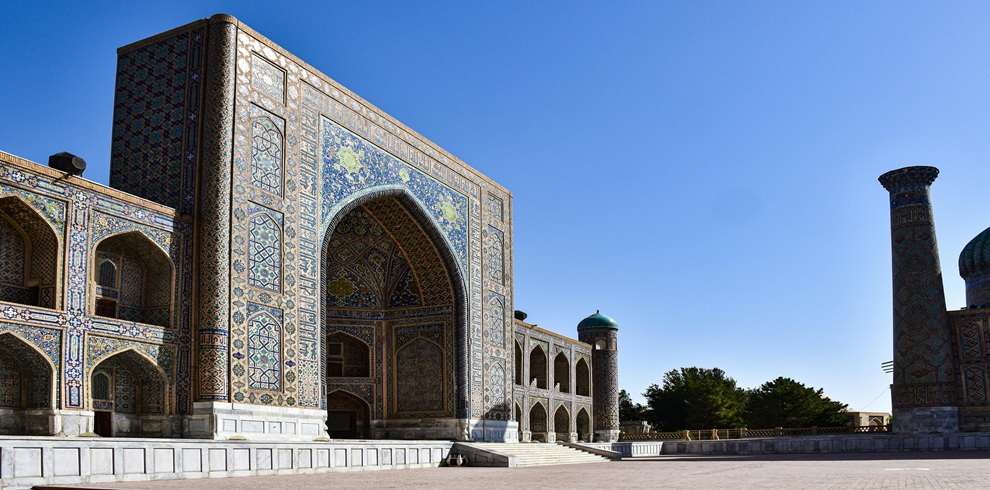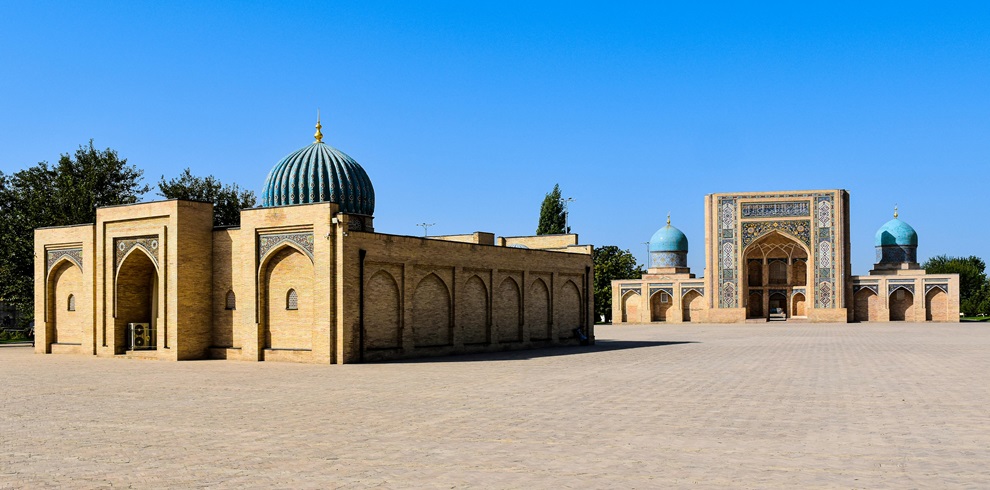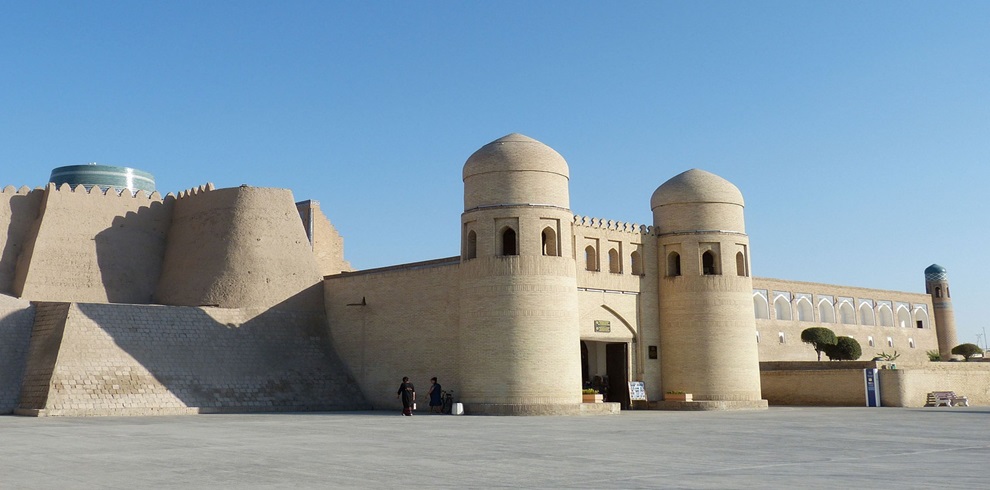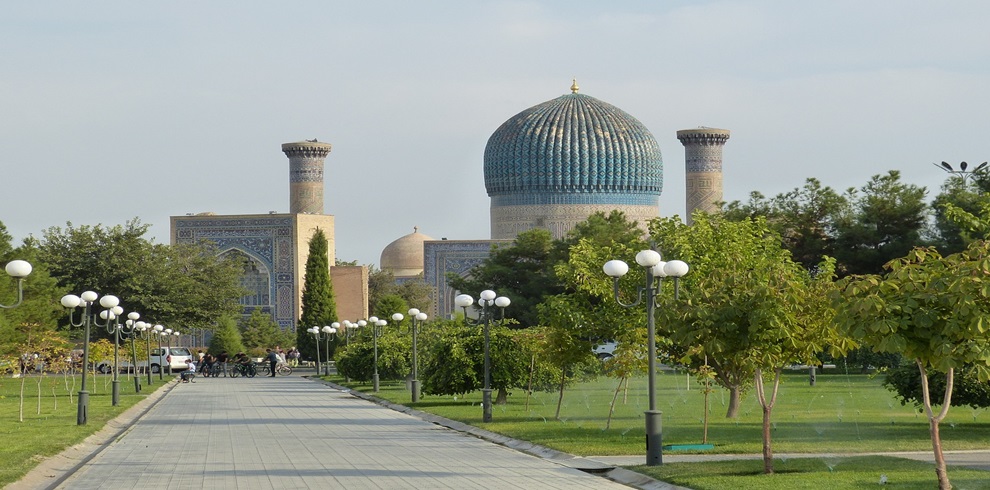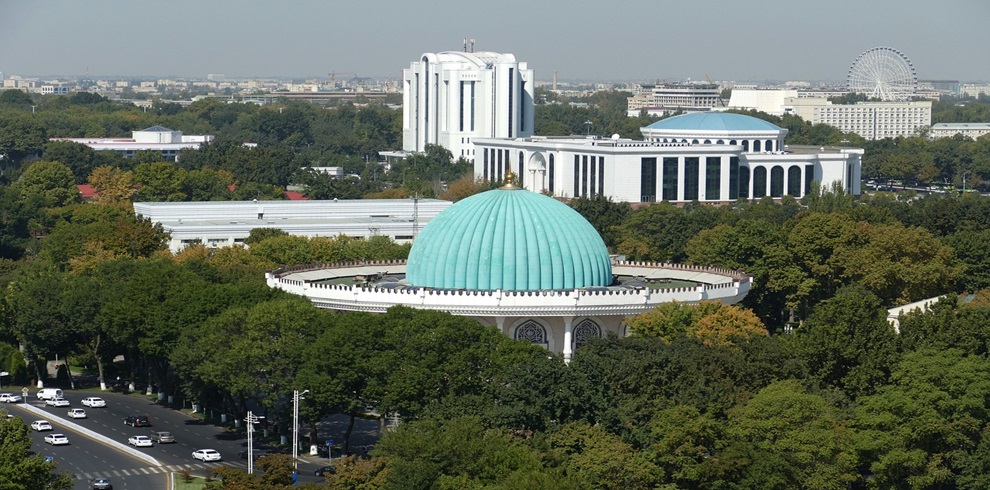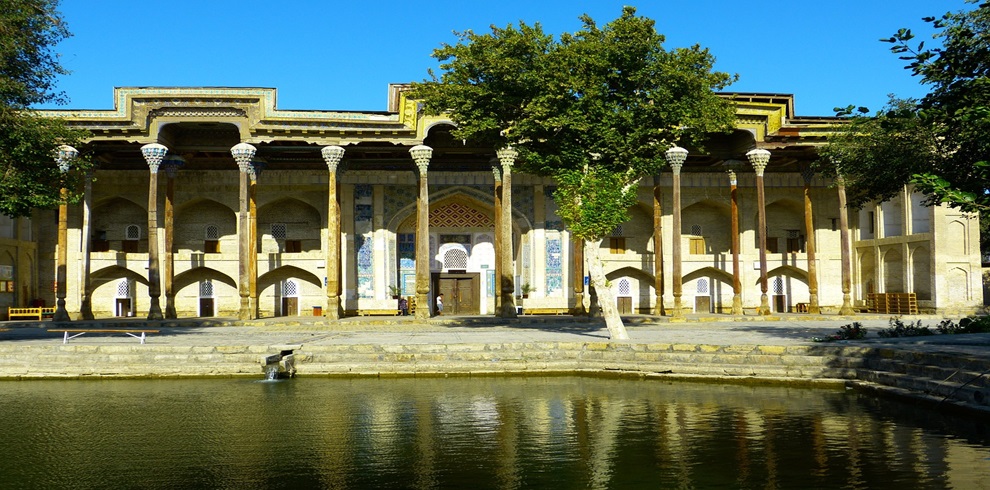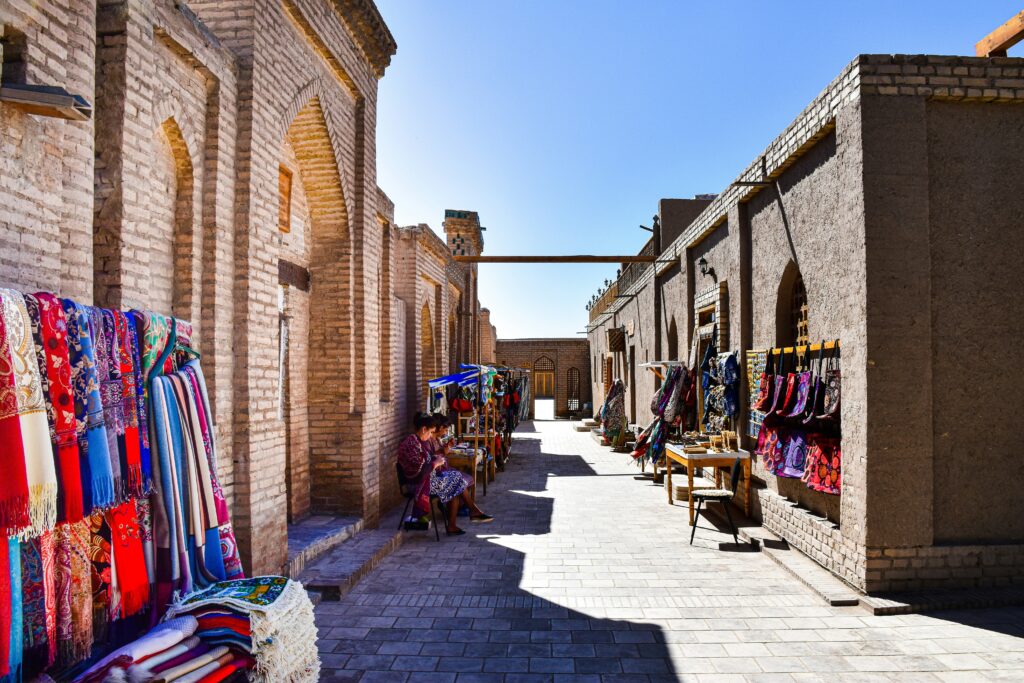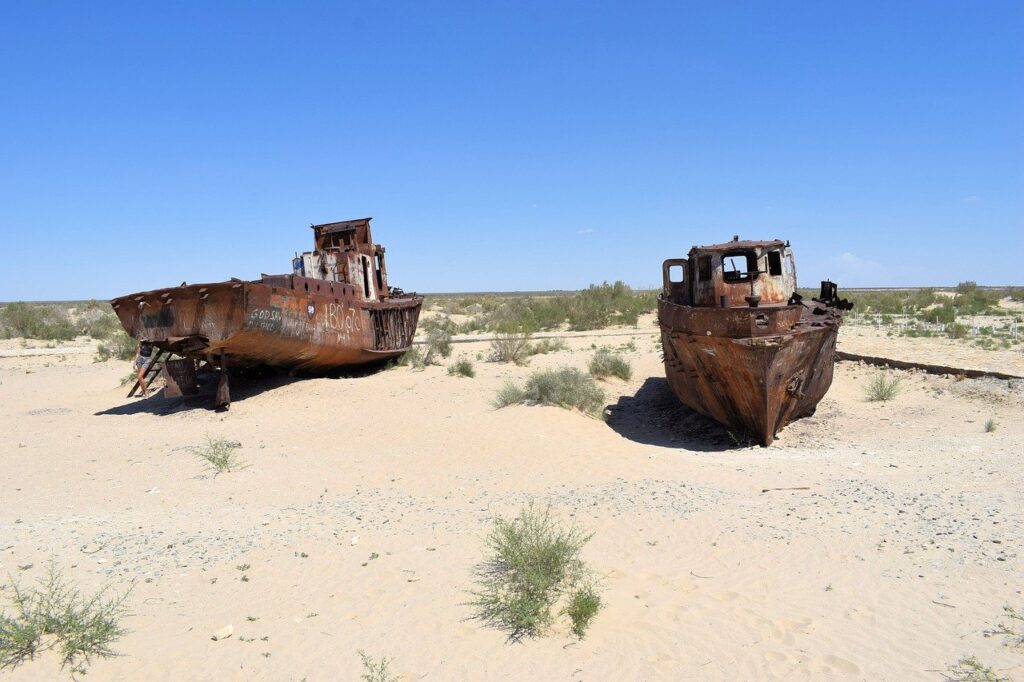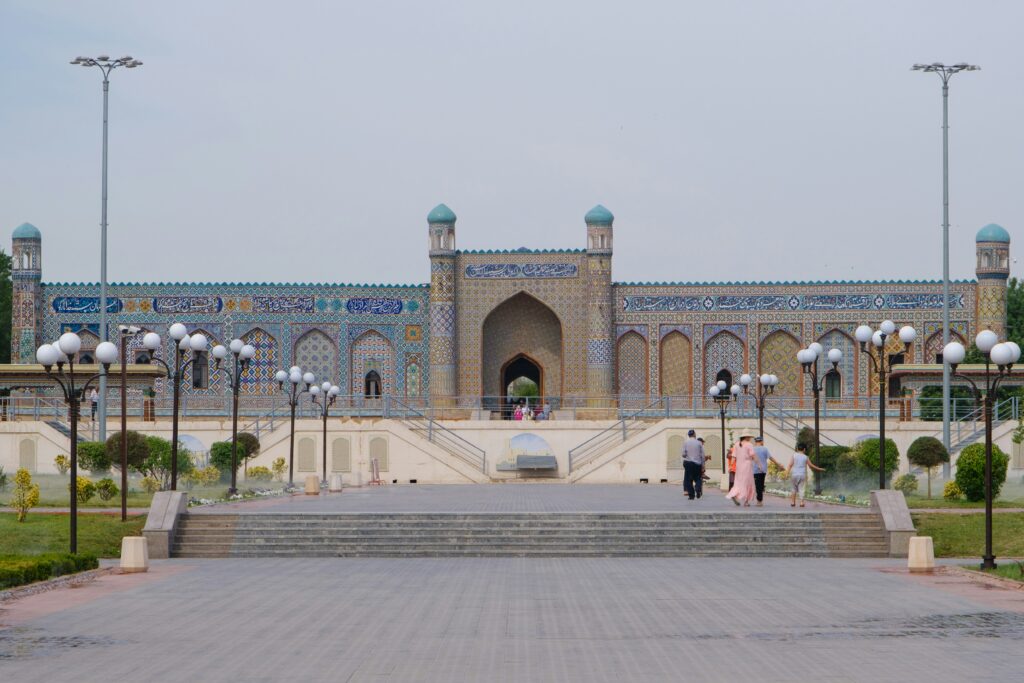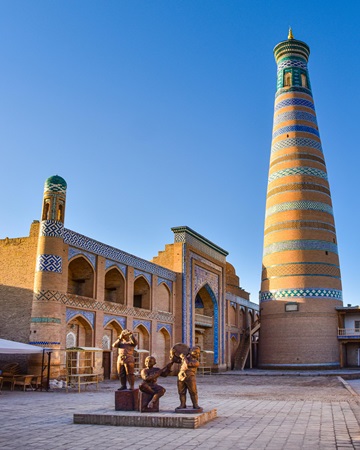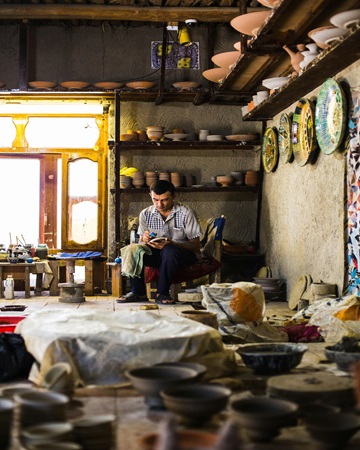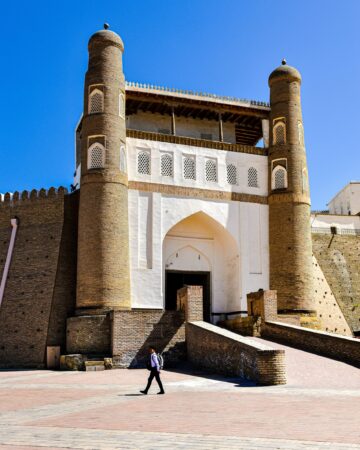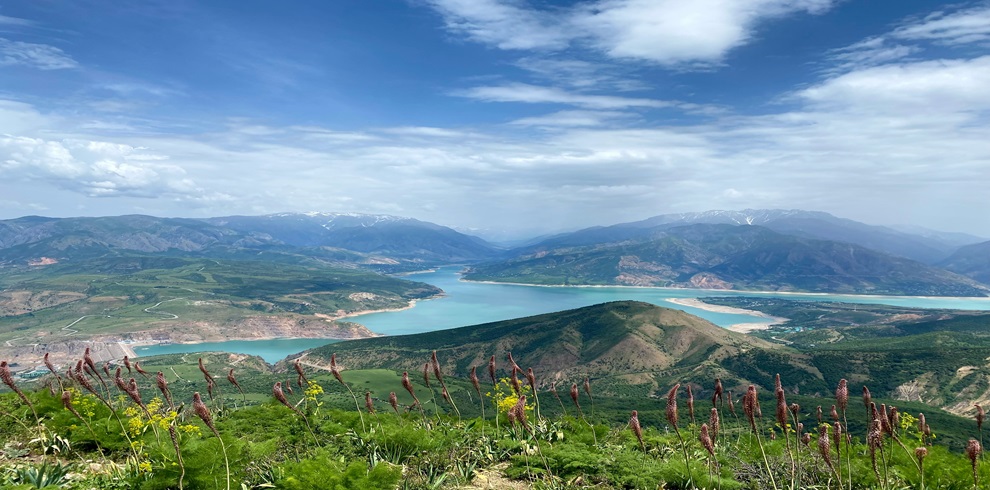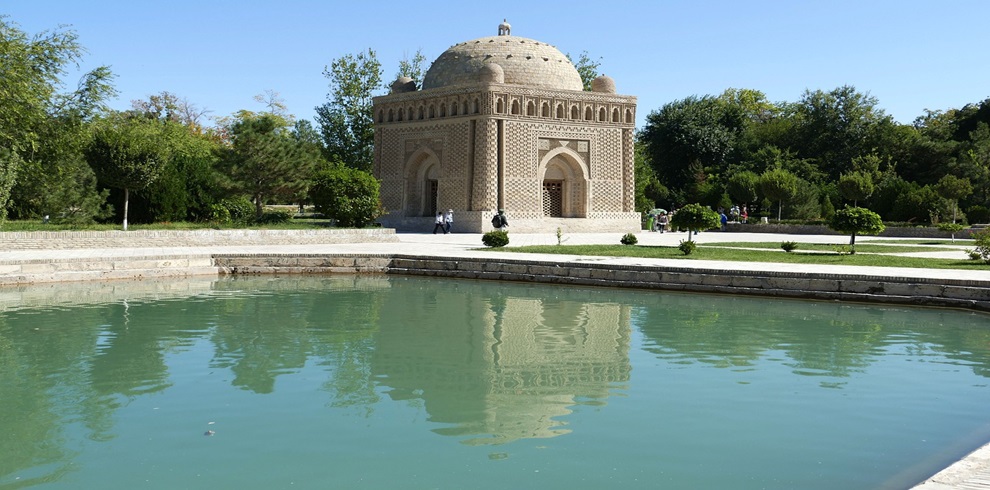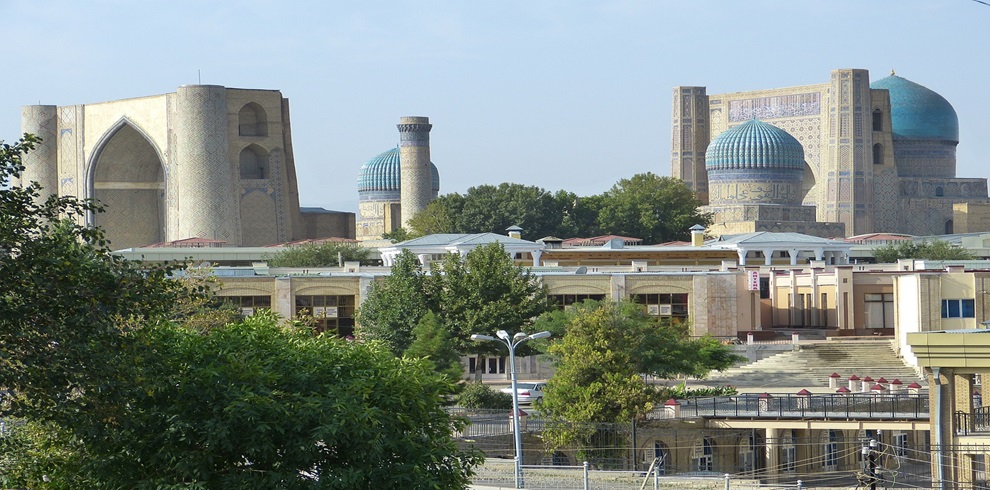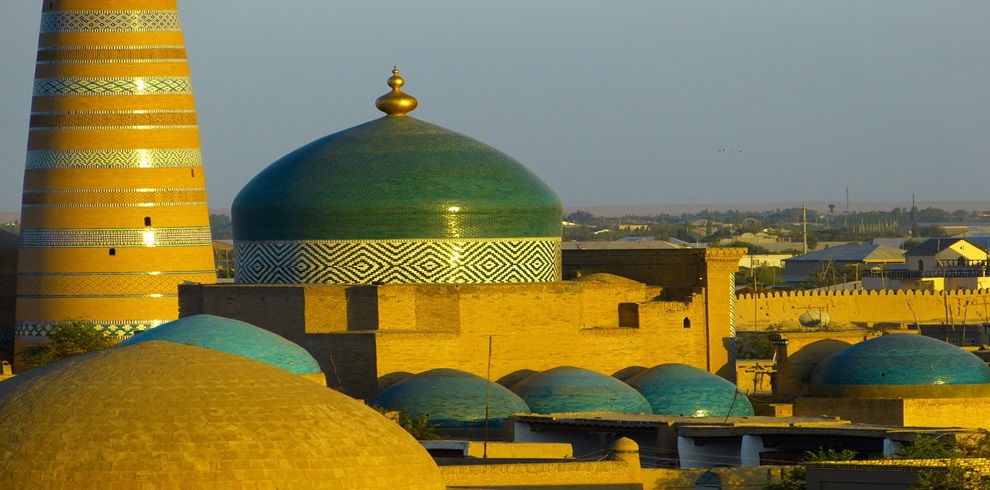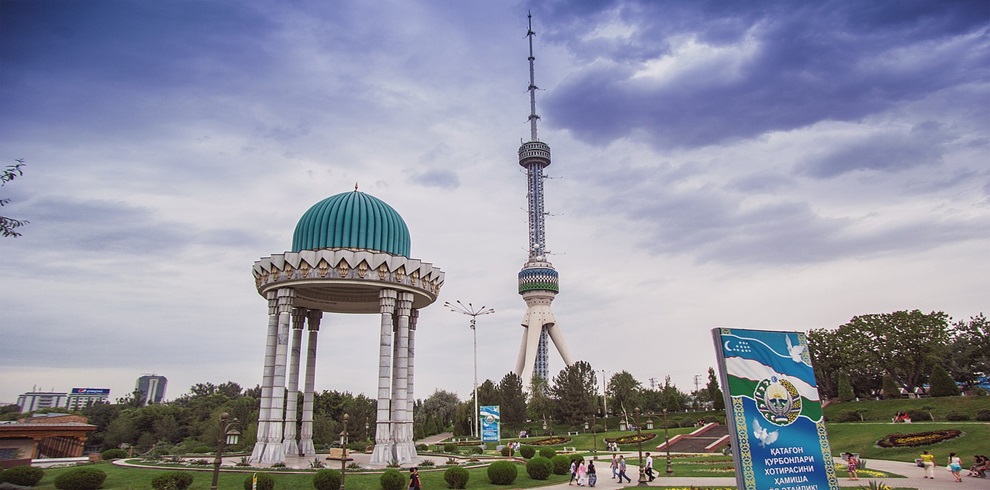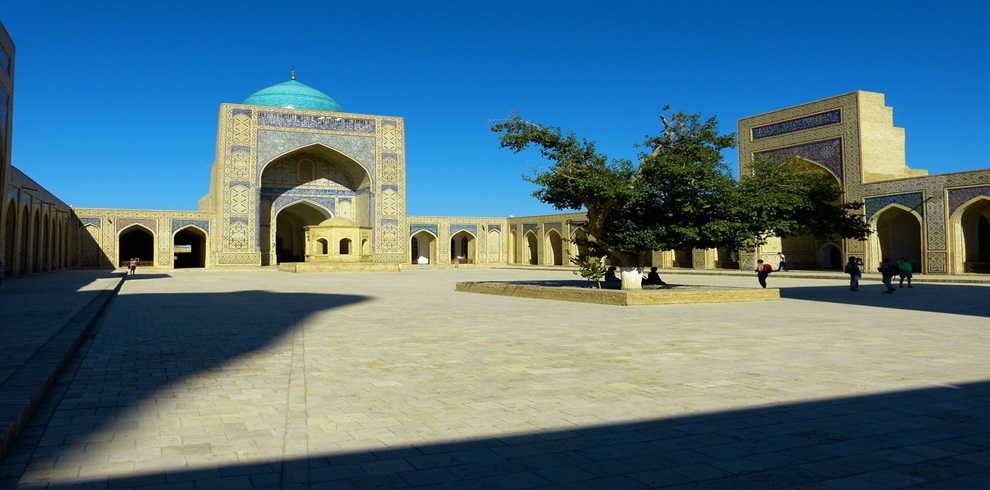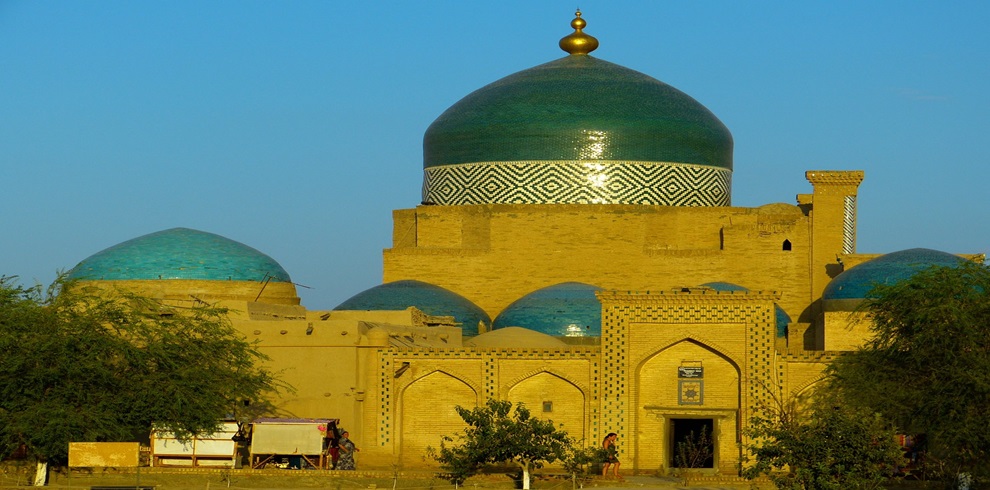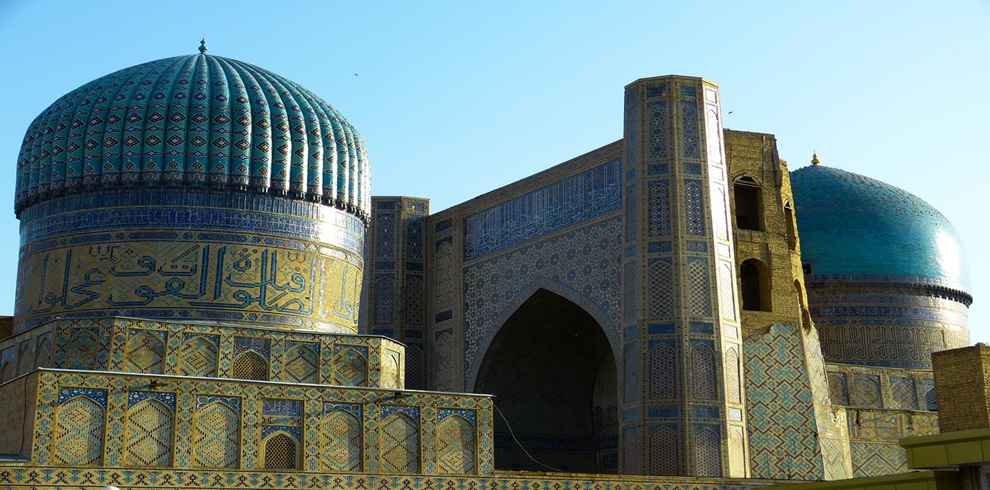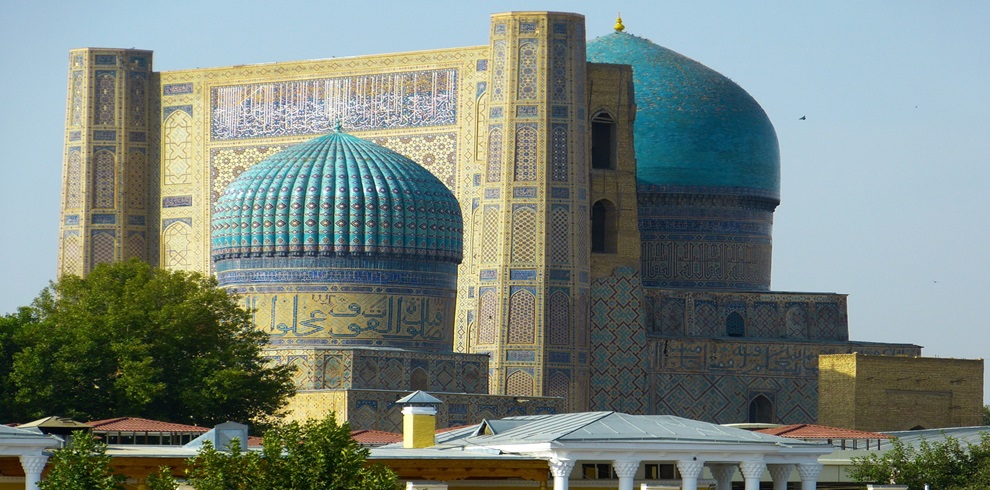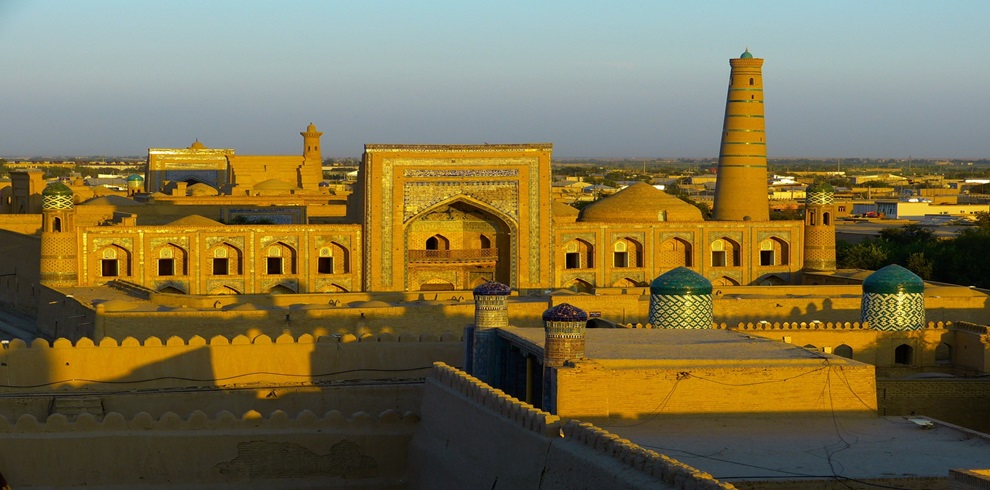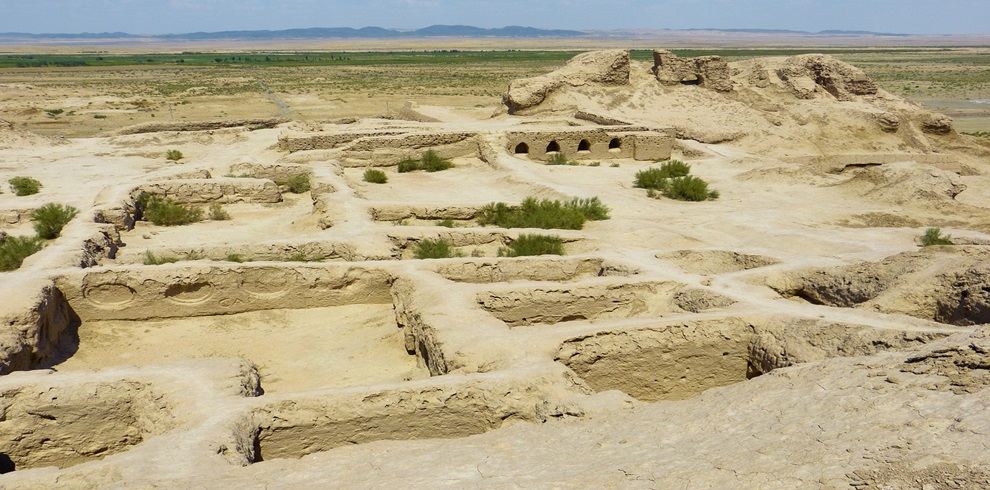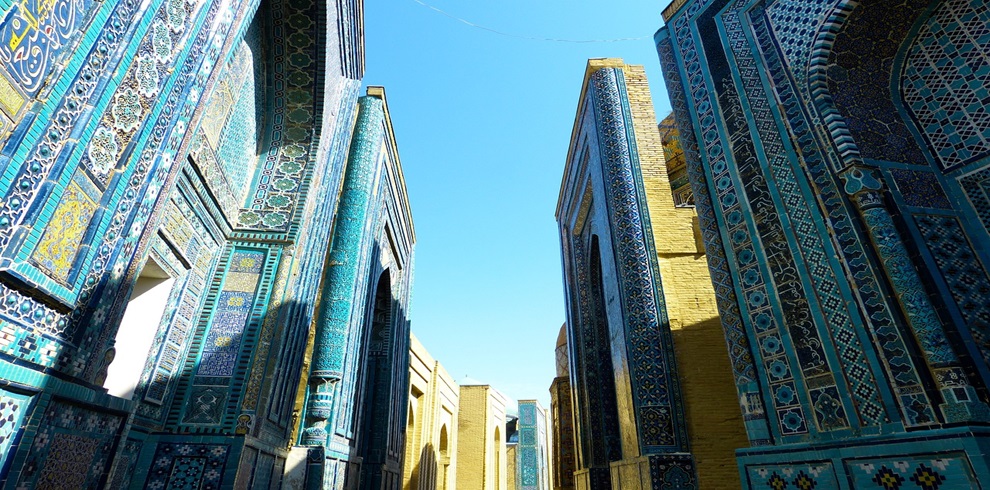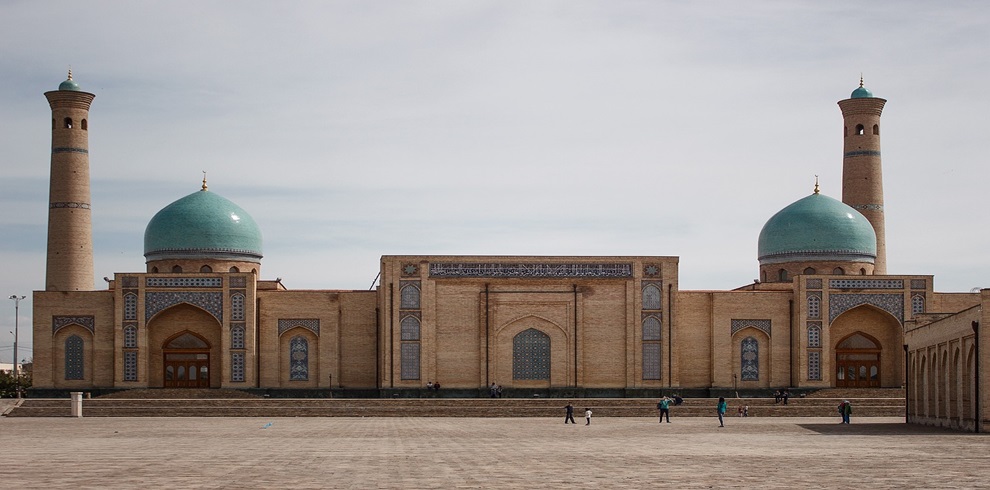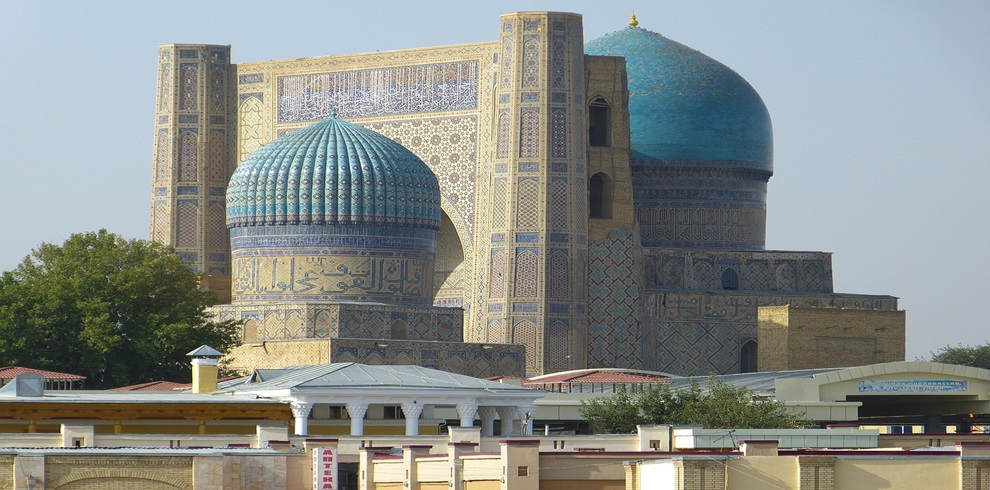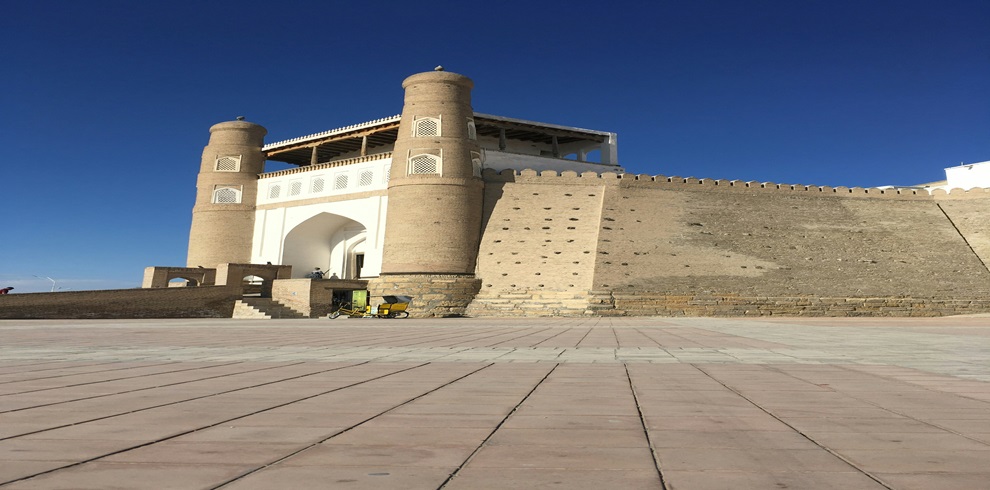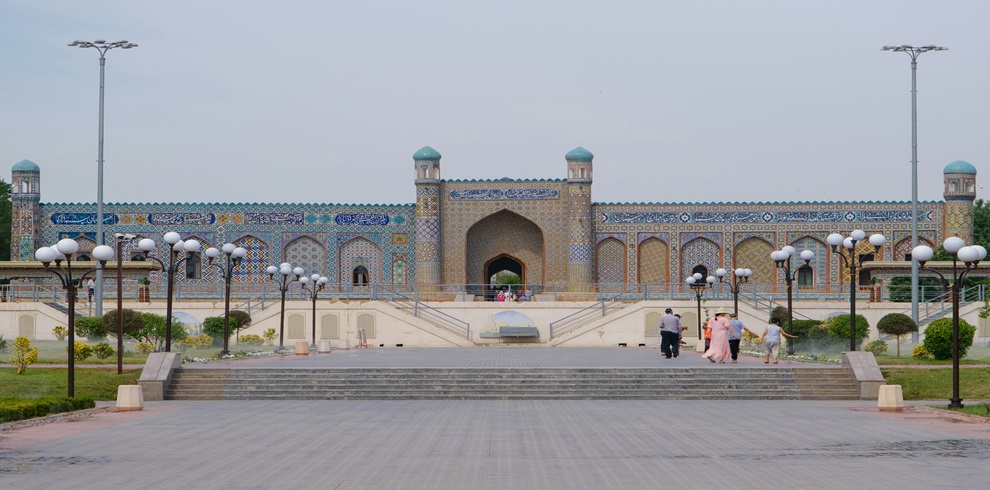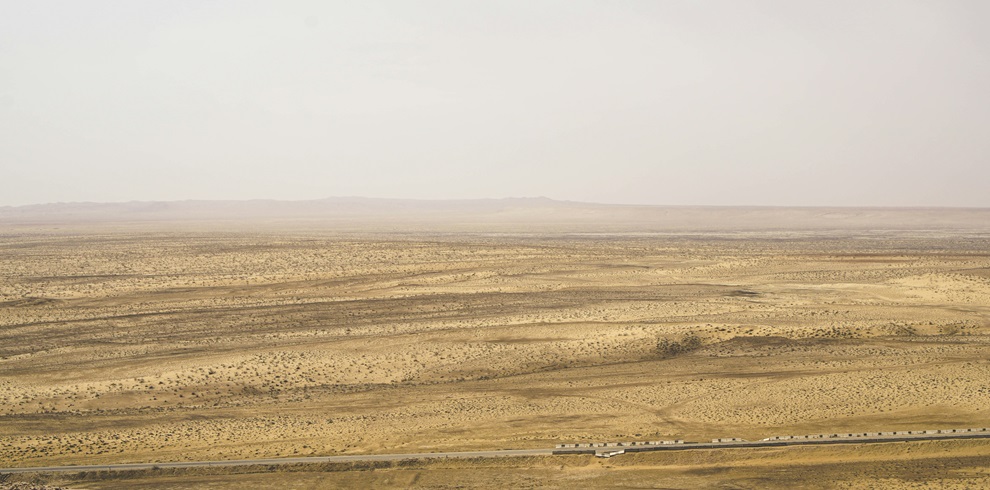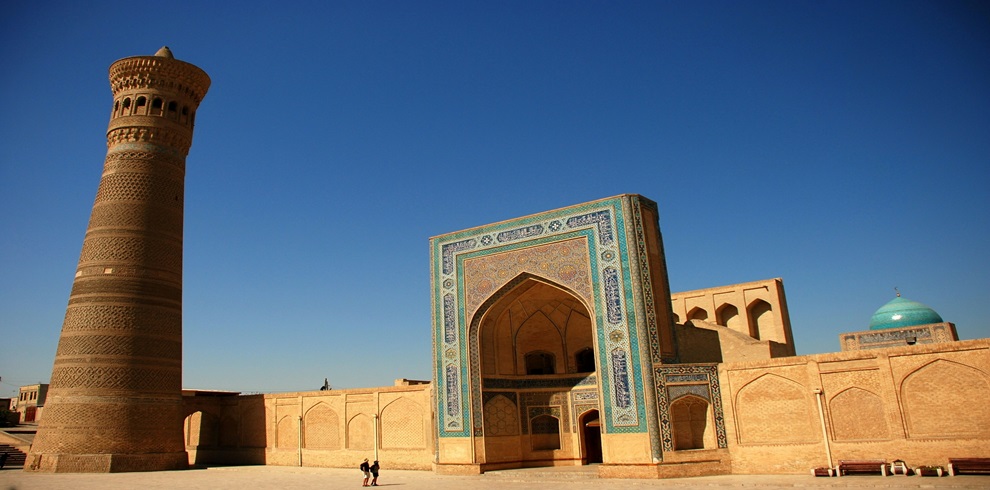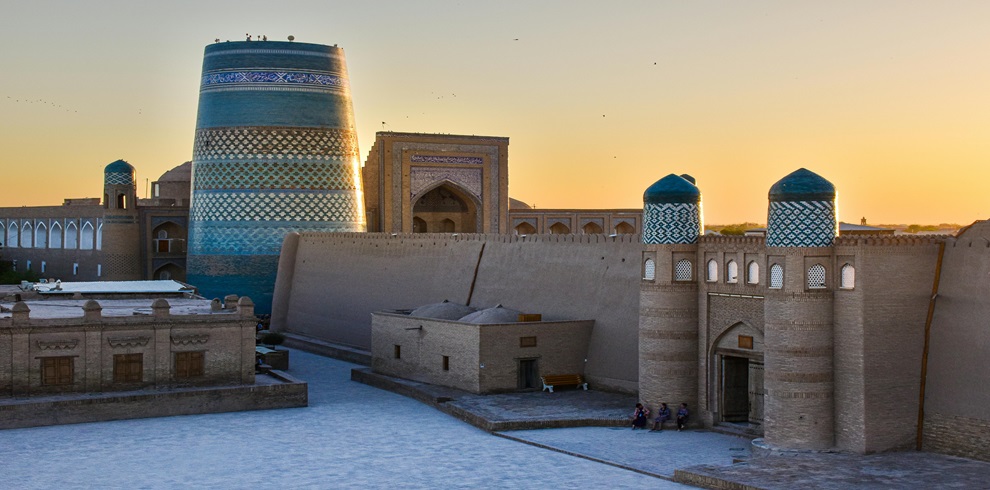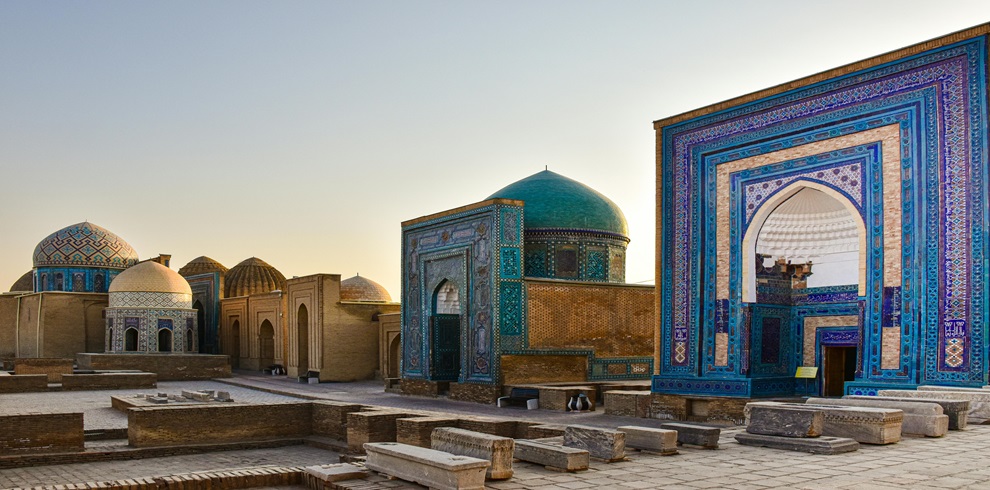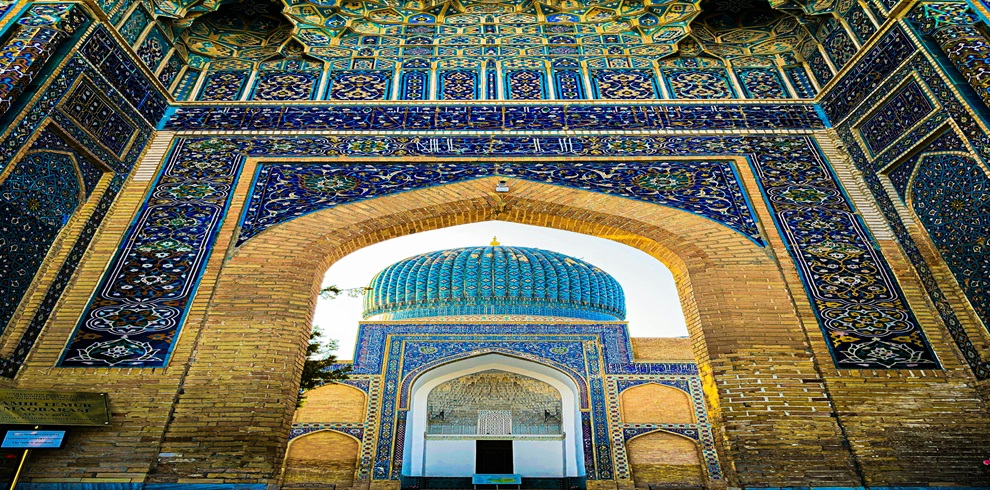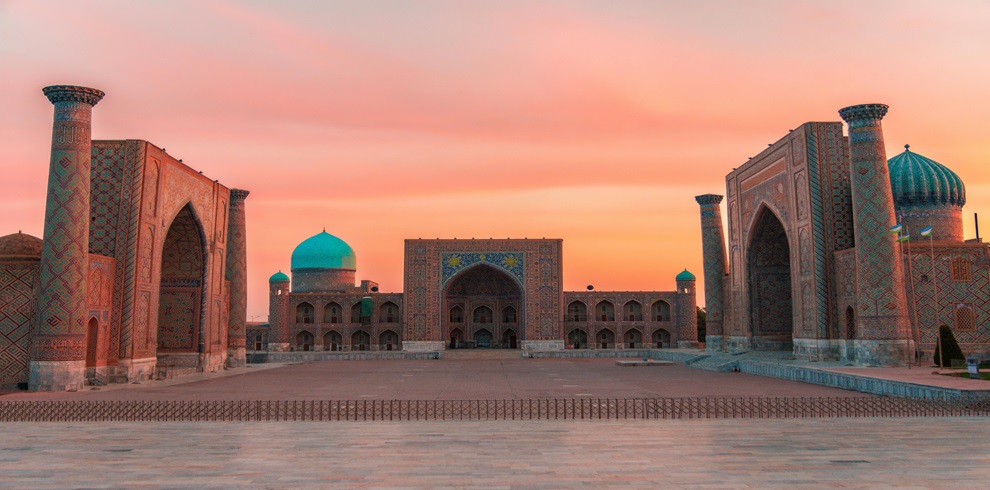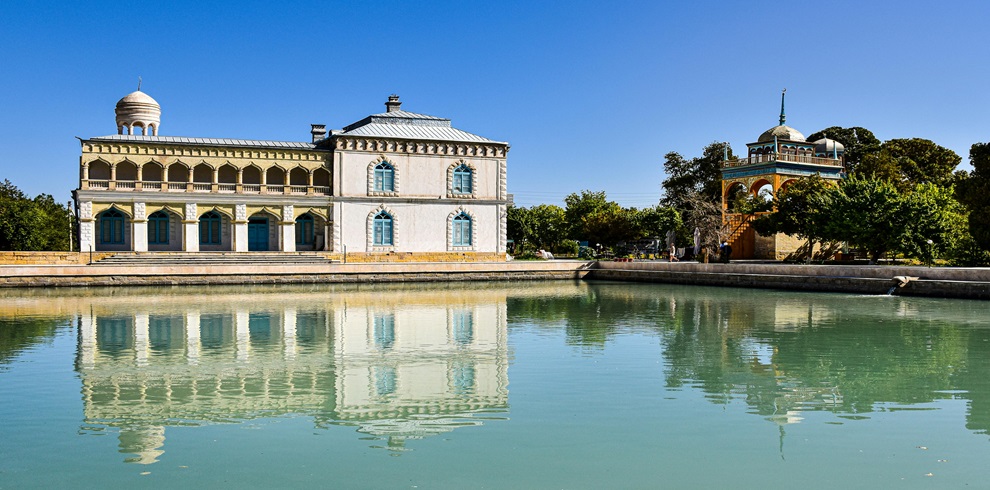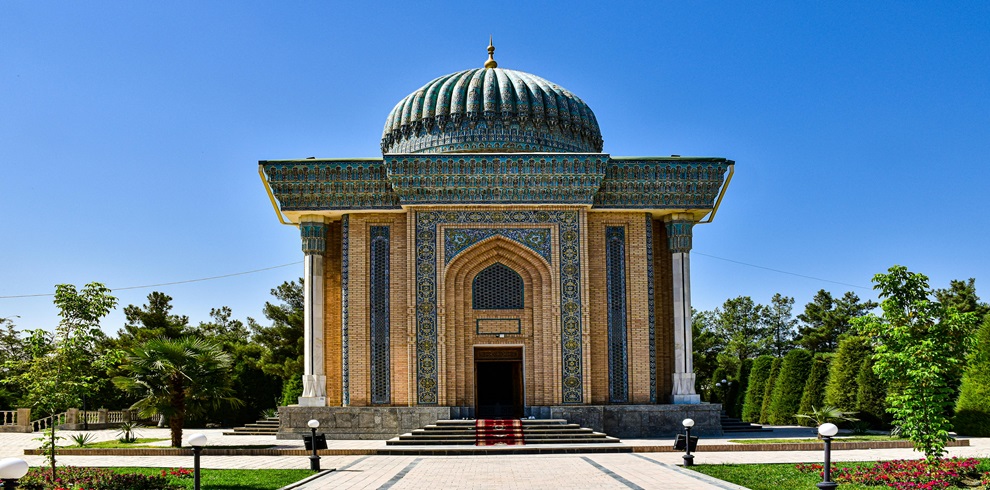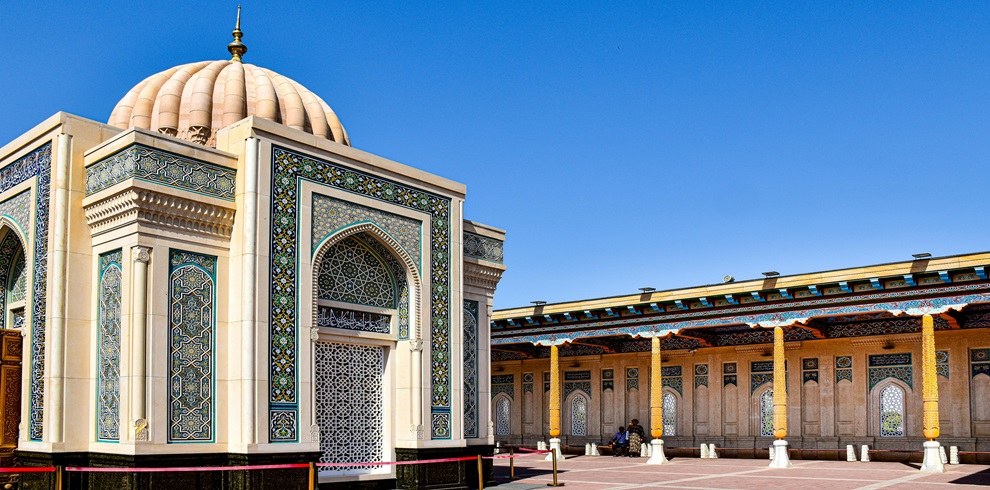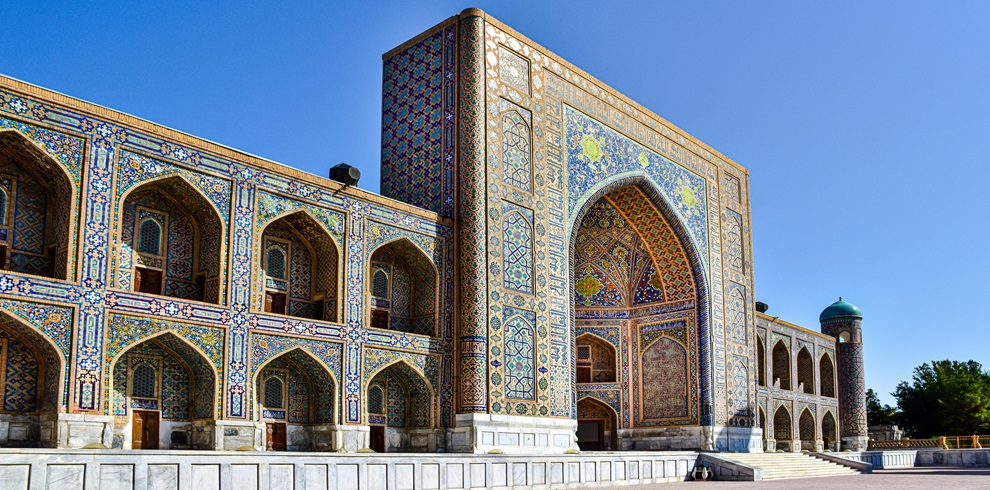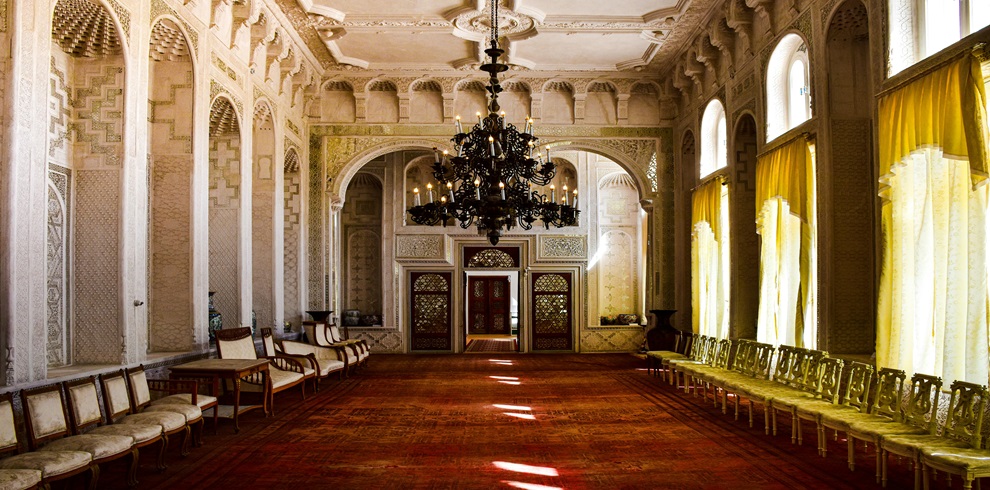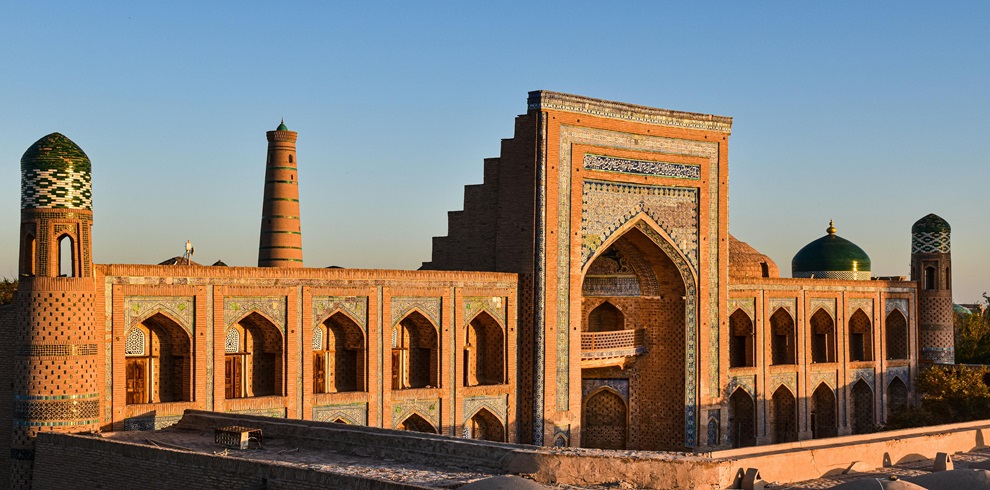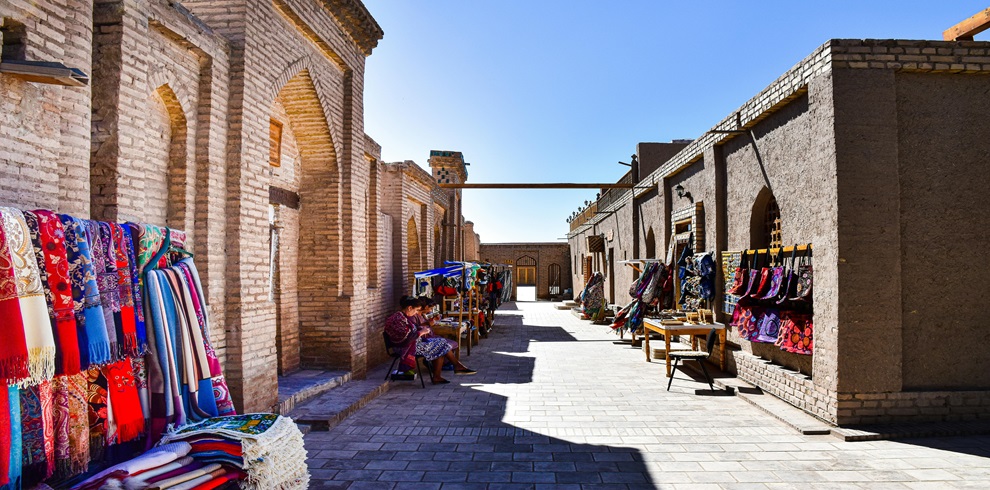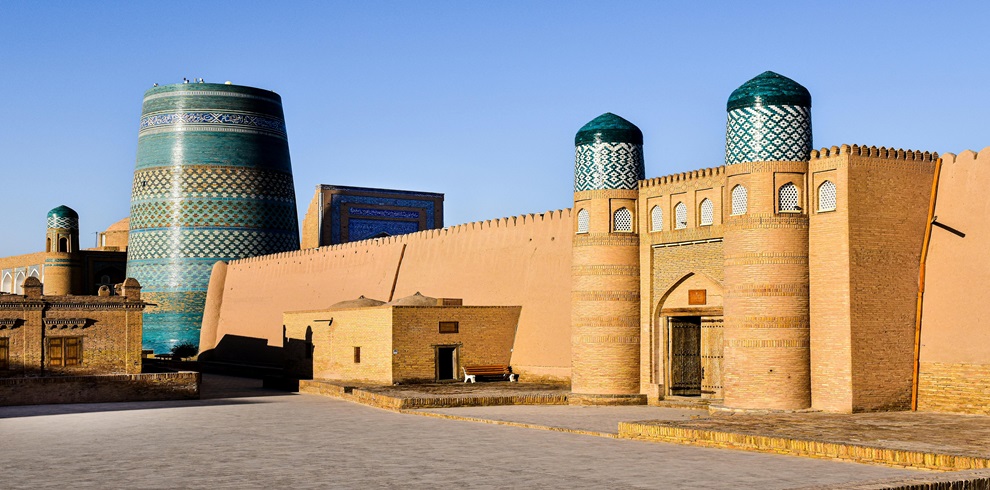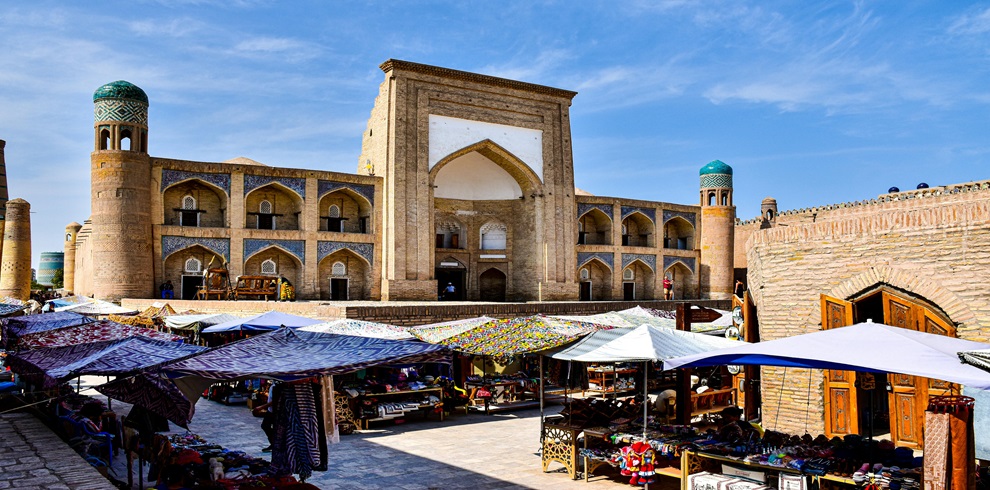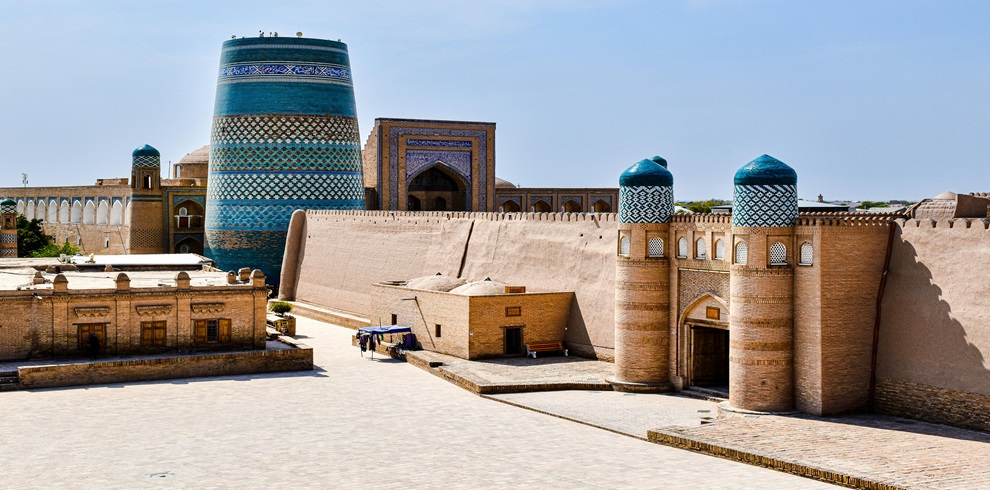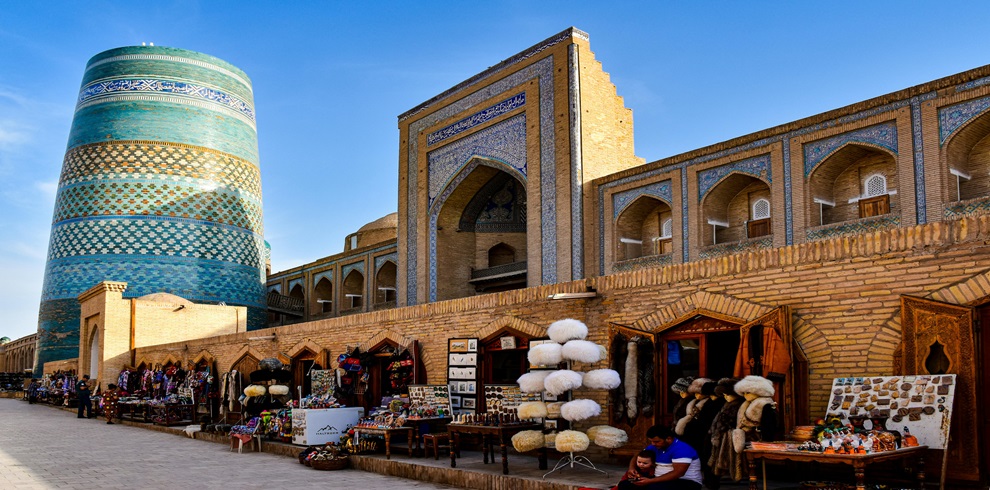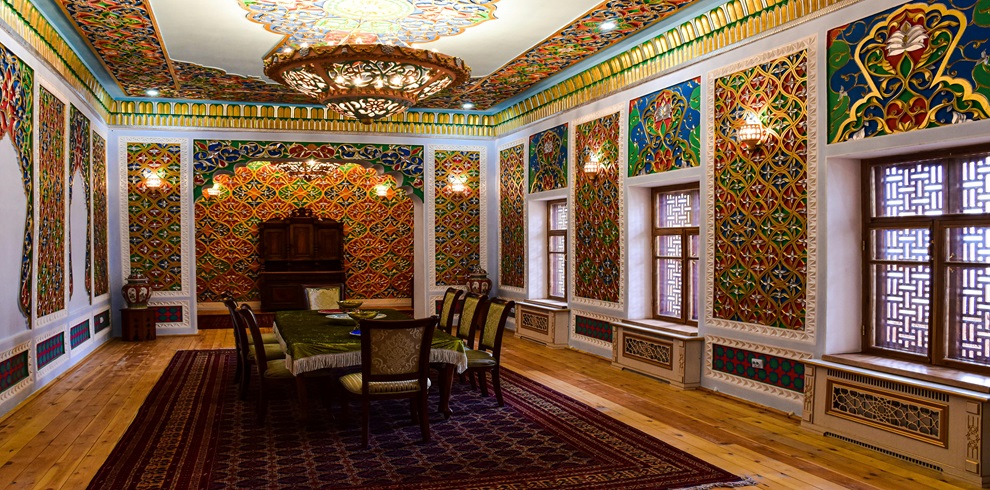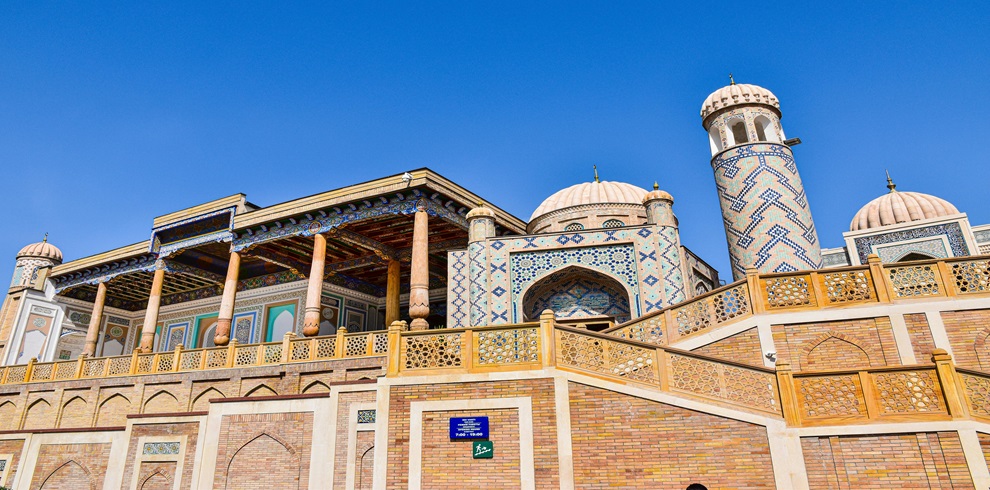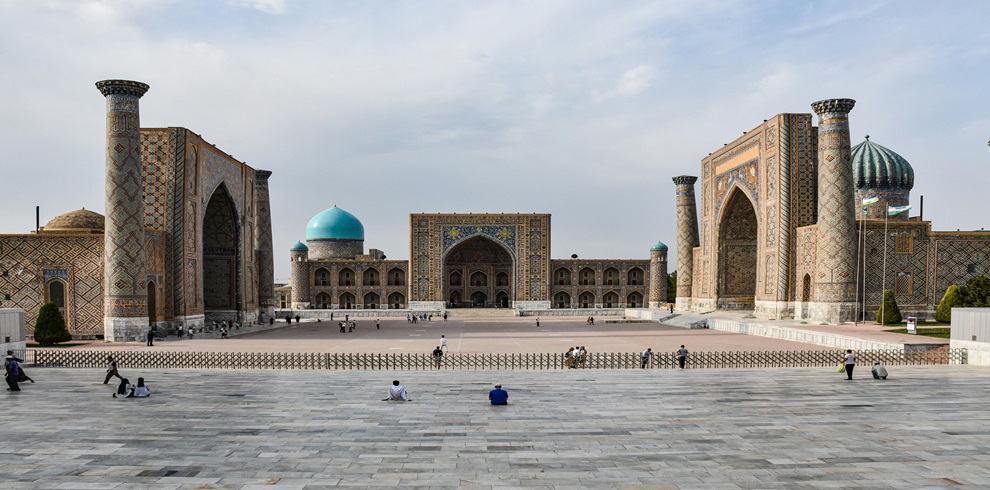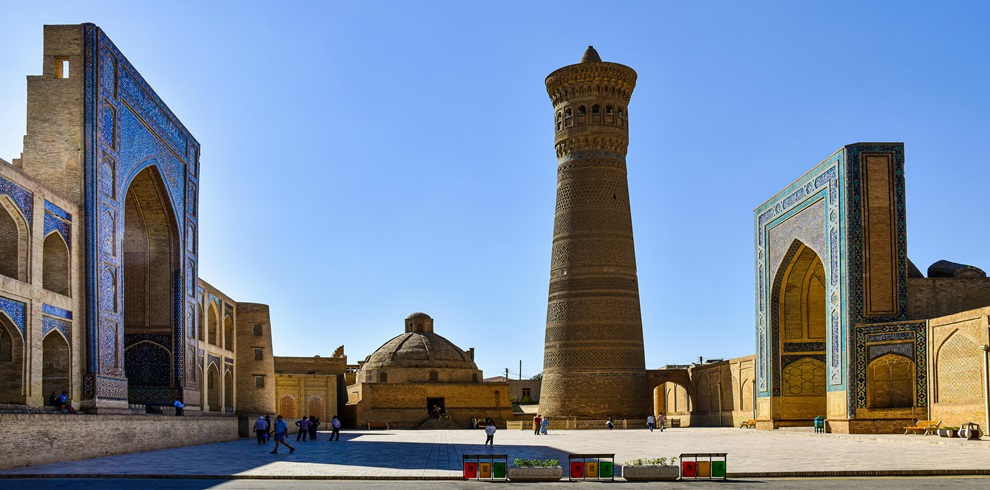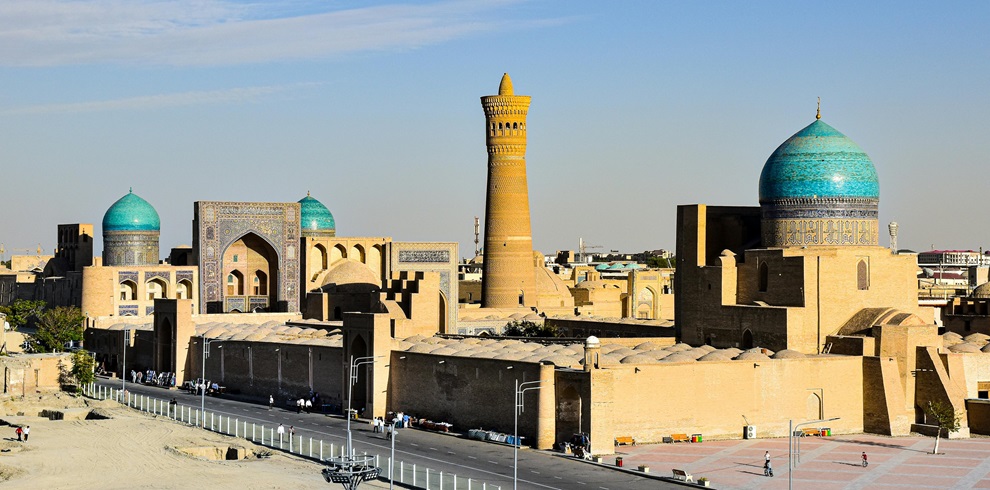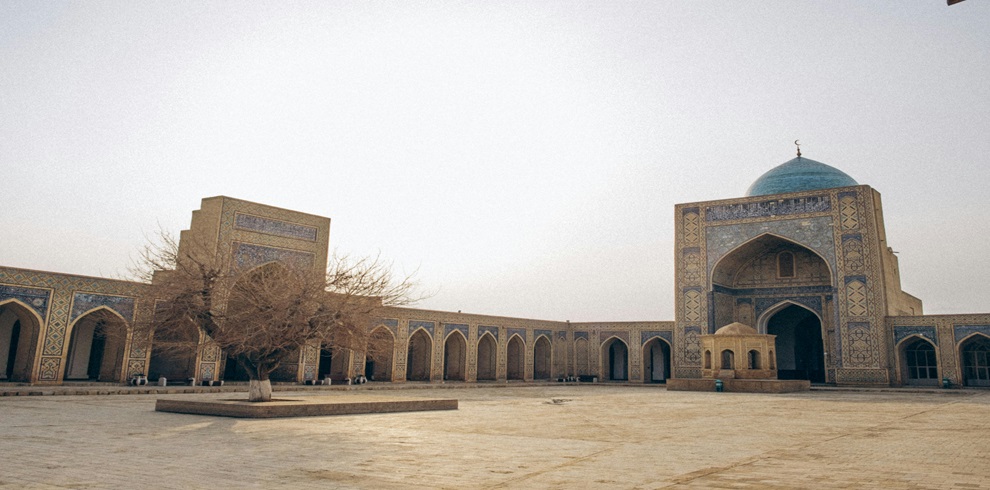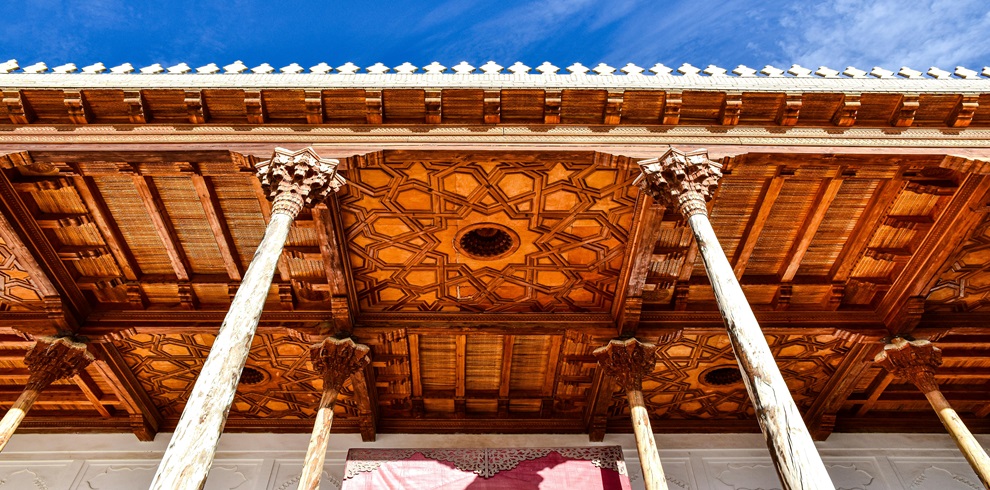Kokand
The city of Kokand, located in the western part of the Fergana Valley, is one of the ancient cities of Uzbekistan. The first written evidence about the city of Khukand, Havokand (the old names of the city) is found in the chronicles of the 10th century. The city was an important trading center on the Great Silk Road and in the 13th century, like most Central Asian cities, was destroyed by the Mongols.
But world fame came to the city in the 18th century, when it became the capital of the richest and most developed Kokand Khanate. In the first half of the 18th century, not far from the present city (then the territory of the Bukhara Emirate), the founder of the dynasty of Kokand khans founded the Eski-Kurgan fortress (1732), from which the new Kokand actually began, which soon received the old name, which now sounded like “Khuk-kand ” – “Boar City”. Initially, it was a small possession, isolated from the Bukhara Emirate, but gradually it expanded territorially.
The Khanate reached its power in the first half of the 19th century, when its territory included most of modern Uzbekistan, part of southern Kazakhstan, Kyrgyzstan, Tajikistan and China. The Khanate of Kokand also included Tashkent and Chimkent. It was a large, powerful state – a promising trade and religious center. In Kokand alone there were more than 300 mosques and dozens of madrasahs.
- Palace of Khudoyar Khan (1871) – The Pearl of Kokand – the palace of the last ruler of the Kokand Khanate Khudoyar Khan – Urda. The palace of Khudoyar Khan, surrounded by a carved stone fence, consisted of seven small courtyards and 119 rooms.
- Jami Mosque (XIX century) – A true decoration of Kokand Chorsu Square. Citizens cannot imagine their hometown without this majestic mosque. It seemed like she had always been here. The western part of the huge courtyard of the mosque is occupied by a vast ivan, the roof of which is supported by 98 columns, and a khanqah.
- Kamol-Kazi Madrasah (1830-1832) – In the middle of the 19th century. The Kamol-Kazi madrasah served as a Muslim higher education institution for the children of the local nobility and consisted of an educational auditorium – darshona, residential premises – hujras and a mosque-aiwan.
- Norbut-biy madrasah (XVIII century) – is a striking example of the skill of Kokand architects and craftsmen. Built at the end of the 18th century on Chorsu Square, it was the largest religious center of the city.
Cultural Tours
Uzbekistan cultural tours introduce you to the different regions and traditions of Uzbekistan, and take you deeper into the history and beauty of this great country. Go beyond the program of a regular group tour and explore the architectural monuments of Uzbekistan’s greatest cities, plus the workshops of master craftsmen and the kitchens of talented chefs.
Each region in Uzbekistan boasts of a unique culture and architectural style, plus different spices in their cuisines and patterns on their textiles and pottery. For example, Khiva is most famous for its ancient technologies for creating hand-dyed natural carpets from silk and wool, while Bukhara has been home to master metalworkers for centuries. In Samarkand, visit the monumental architecture of Timur’s capital, or explore the patterns used for suzani, traditional hand embroideries. Head to the Fergana Valley to learn how ikat patterns are woven in silk, or visit Kashkadarya to learn about the basma and iroqi weaving styles that adorned the clothes of ancient rulers. For those who love ceramics, a visit to Rishtan, the home of famous blue ceramics, is a must.
Take your time in museums, historical sights, folklore fairs, and festivals. Bring back not only colorful souvenirs and bright photos, but also new impressions and memories of the unique culture and history of this land.
- Jan
- Feb
- Mar
- Apr
- May
- Jun
- Jul
- Aug
- Sep
- Oct
- Nov
- Dec
- Jan
- Feb
- Mar
- Apr
- May
- Jun
- Jul
- Aug
- Sep
- Oct
- Nov
- Dec
Gastronomic tours
A gastronomic tour to Uzbekistan with excursions takes place in the main tourist cities – Samarkand, where the Macedonian heritage has been preserved, Bukhara, where they will tell about the cheerful adventures of the cunning Khoja Nasreddin, the “cradle” of the pottery art of our country – Gijduvan and the small town of Vabkent with the minaret of the same name, which challenged “elder Bukhara brother” Kalyan. Each city represents a specific milestone in the history of Uzbekistan – a history as old as the world.
A culinary tour to Bukhara and Samarkand is a way of re-reading the heritage of Asia, honored to be included in the UNESCO World Heritage List. In addition to the Registan of Bukhara – yes, don’t be surprised, in ancient times there was a “registan” – that is, the main city square was present in every eastern city, visits to family in Gijduvan, where the ancient secrets of making ceramics are passed down from generation to generation, and visits to the Tamerlane mosque – Bibi Khanym , on a gastronomic tour of Uzbekistan in 5 days you will experience the true “Taste of the East”.
Combine the “Classical Uzbekistan” excursion tour with knowledge of the cultural layer inherent in the culinary traditions of the Uzbek people. The guides specialize in receiving guests from Russia and will tell the history of Uzbekistan with parallels to the events that took place in Rus’ at that time.
Excursions in Bukhara, due to the walking distance of the main attractions, are on foot, in the fresh air, so by the time of lunch, after a satisfied hunger for impressions and new knowledge, you will have a lion’s appetite.
We promise that traditional dishes with interesting gastro excursions will produce no less effect than the delight caused by the architectural masterpieces of Samarkand and Bukhara:
1. Bukhara kazan-kabob is a classic piece in the music of Uzbek cooking, prepared from steamed lamb, rich in spices.
2. Tasting lagman in Bukhara will appeal to those who love meat and seasonal vegetables cooked over a fire.
3. In Samarkand you will try Uzbek shish kebab and pilaf. Why here? There are 100 types of pilaf in Asia. Samarkand residents have found 99 types of cooking kebabs – here you will find your favorite variety and discover new shades of taste. By the way, about pilaf – 100 varieties and the gastronomic tour program includes Samarkand pilaf, laid out in layers.
4. Manti is a favorite holiday dish of Uzbek families, like pilaf and somsa, which are already popular far beyond Asia. See how culinary master Mubaro Sharipovna in the guest house makes a gossamer-thin dough that can hold a handful of meat filling, and of course, repeat this trick, which will further delight your guests.
5. Dimlyama in Uzbekistan is an unusual steamed stew of meat and vegetables, including tomatoes and eggplants, which is as satisfying as it is appetizing.
A gastronomic tour to Uzbekistan from Moscow involves not only tasting and contemplation, but direct participation in culinary master classes, where local residents will tell you secrets and tricks that cannot be found on the Internet.
Uzbek cuisine owes its complexity and richness to nomadic traditions and, of course, to the Great Silk Road – a fusion of the early Middle Ages, transforming and enriching itself over the centuries. The preparation of Uzbek dishes is characterized by ritualism – we will tell you why on Thursdays in Uzbekistan everyone eats pilaf, and only men should cook it.
- Jan
- Feb
- Mar
- Apr
- May
- Jun
- Jul
- Aug
- Sep
- Oct
- Nov
- Dec
- Jan
- Feb
- Mar
- Apr
- May
- Jun
- Jul
- Aug
- Sep
- Oct
- Nov
- Dec
Hiking
Embark on an extraordinary journey that delves deep into Uzbekistan’s treasures, offering thrilling trekking, hiking, and cultural tours. Step off the beaten path and immerse yourself in the heart of local life. With us, you’re not just a traveller; you become a part of the rich tapestry woven by local communities. You’llexplore remote villages, connect with locals, live alongside families, and partake in everyday moments that provide profound insights into the culture.
For adventurers seeking to traverse timeless landscapes, our multi-day hiking and trekking expeditions departing from Tashkent, Samarkand, Bukhara, and beyond are a gateway to a thrilling adventure. Roam through rugged terrains and follow trails that unveil the hidden gems of Uzbekistan’s natural beauty. This is more than a physical journey; it’s an opportunity to uncover the land’s history, diverse cultures, and its warm-hearted people. Rest assured that each step is guided by experienced professionals, accompanied by comfortable accommodations, and meticulously crafted itineraries to make your exploration smooth and seamless.
These are not your typical tours; they are experiences that offer you a unique chance to view Uzbekistan through the eyes of those who proudly call it home.||
- Jan
- Feb
- Mar
- Apr
- May
- Jun
- Jul
- Aug
- Sep
- Oct
- Nov
- Dec

